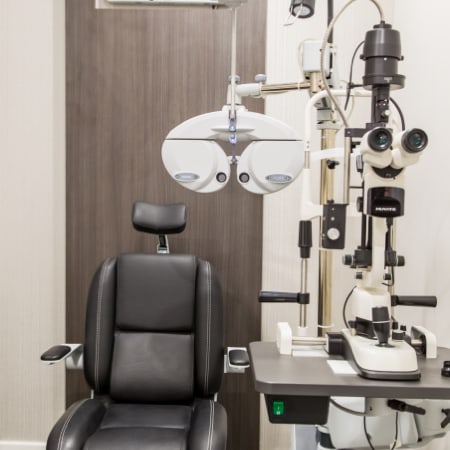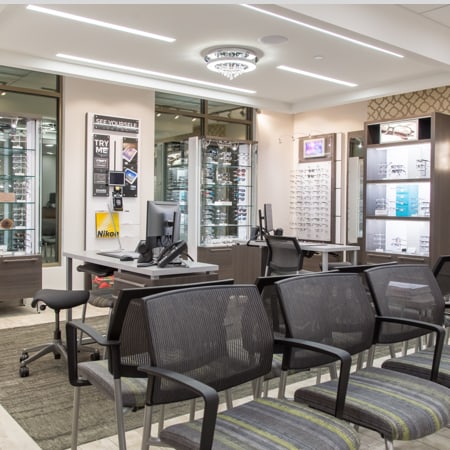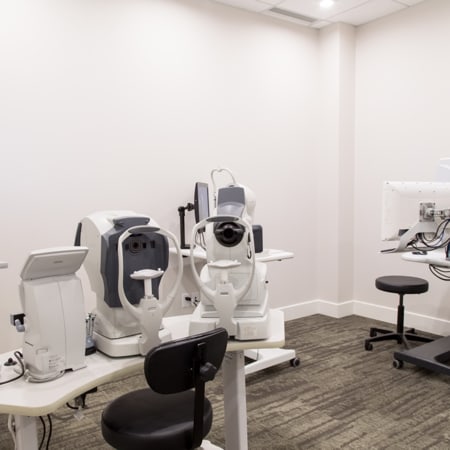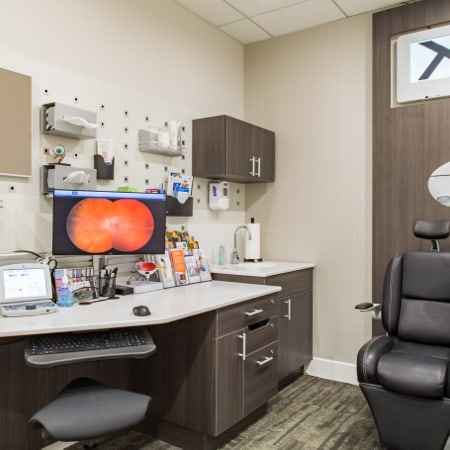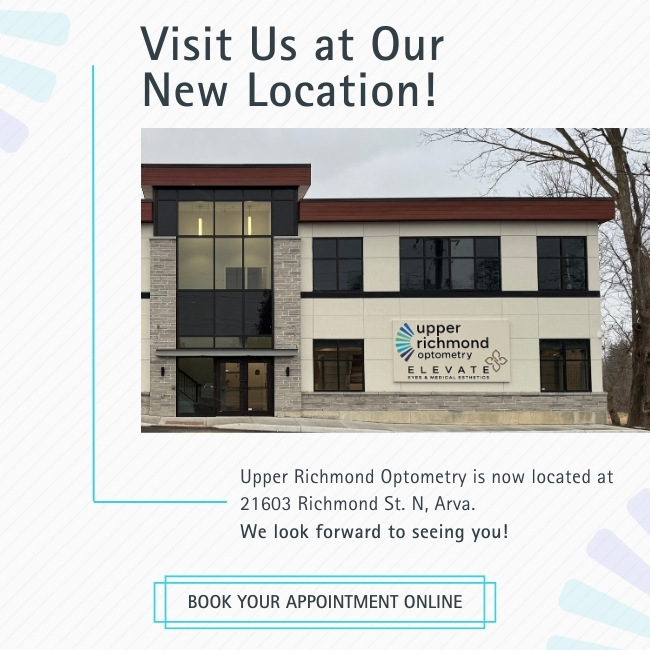Let’s Talk Laser Eye Surgery
For many, laser eye surgery is a way to improve vision problems such as astigmatism and myopia without corrective lenses. Laser eye surgery can help to correct vision errors with procedures like LASIK, PRK, or Intralase.
Our practice is happy to offer consultations on all of these procedures in our office. If you’re interested in learning more about laser eye surgery, book a consultation with us today.

About Laser Eye Surgery
Each laser eye procedure will differ in its techniques, but overall, laser eye surgery works to make a surgical change to the shape of the cornea using a laser. Changing the shape of the cornea can improve refractive errors in your vision.
While surgery can make improvements, it is important to note that over time, changes in your vision can occur, and perfect vision for life cannot be guaranteed.


What to Expect During Your Consultation
During your laser eye surgery consultation, we will first provide a preliminary exam to determine if you are a candidate for laser eye surgery. If you are determined to be a candidate, we can then go over the different surgical procedures that we offer consultations on, including LASIK, PRK, and intralase.
We also will give you the opportunity to ask questions regarding laser eye surgery and discuss expectations.
Am I A Candidate for Laser Eye Surgery?
While laser eye surgery is a great option for many, not everyone is a candidate for the procedure. You may be considered a good candidate if:
- You are an adult
- Your eyes are in good health
- You have a good corneal thickness
- You are not pregnant
- You don’t have any conditions that may make surgery difficult.
This is a guideline, but deciding if you are a candidate is up to your doctor. Book a consultation today to find out more.
Types of Laser Eye Surgery Consultations We Offer
We offer consultations on many popular laser eye surgery procedures, including LASIK, PRK, and Intralase. Learn more about each of these procedures.
LASIK, or laser-assisted in situ keratomileusis, laser eye surgery is a commonly known procedure that involves the reshaping of the cornea to correct refractive errors. This involves a flap being cut into the cornea and tissue being removed by the laser. The healing time for this procedure is fairly quick, as you may be able to return to daily activities in just a few days. Fully healed eyes will take about 3-6 months.
PRK, or photorefractive keratectomy, involves the surgeon removing the outer layer of the cornea, called the epithelium. A laser is then used to remove the layers of tissue underneath, helping to correct vision. Healing for this procedure takes about a week.
The IntraLase procedure is a bit different than LASIK and PRK as it uses an ‘inside-out’ technique of placing the laser on a pin-pointed section of the cornea. The laser then creates thousands of tiny bubbles that help to map out the inside of the cornea. This procedure is very quick and only takes about 30 seconds.
Ask Us Your Laser Eye Surgery Questions
Our co-management services can help our patients understand laser eye surgery procedures and provide pre and post-operative care. Book your laser eye surgery consultation online today to get started on your laser eye surgery journey.
More of Our Services
Explore the different eye care services we have to offer at Upper Richmond Optometry.
AMD Centre of Excellence
We are proud to be an AMD Centre of Excellence that uses modern technology, experience, and education towards treating and managing age-related macular degeneration. Our practice has earned the distinction of being an AMD Centre of Excellence through continued efforts of managing and understanding AMD.
Laser Eye Surgery Consultations
We’re here to support you every step of the way during your laser eye surgery journey. A consultation is the first step to exploring your options like LASIK, PRK, and Intralase. We provide co-management for your pre and post-operative care with your surgical team.
Eye Disease Diagnosis & Management
Eye disease can come in different forms, like cataracts, glaucoma, and age-related macular degeneration. Our office helps diagnose and manage the different forms of eye disease. Learn more about how we can help.
Google Reviews
Take a look at what our patients have to say
about their Upper Richmond Optometry experience.
Come Visit Us

We’re proud to serve North London and Arva. We’re currently located on Medway Road, right across from the Arva Fire Station and next to Medway High School.
Our Address
- 21603 Richmond St. N.
- Arva, ON N0M 1C0
Contact Information
- Phone: 519-660-8854
- Email: [email protected]
Our Hours

Clinic of Doctors Vision Group








